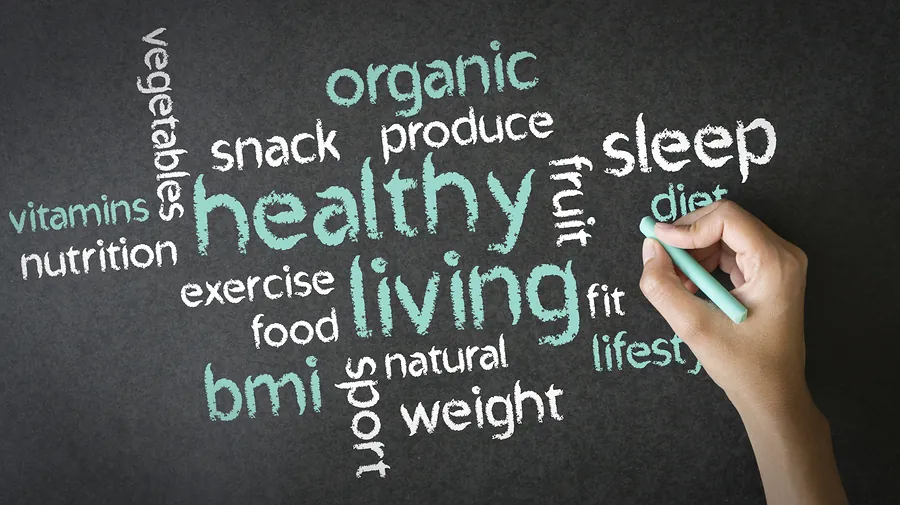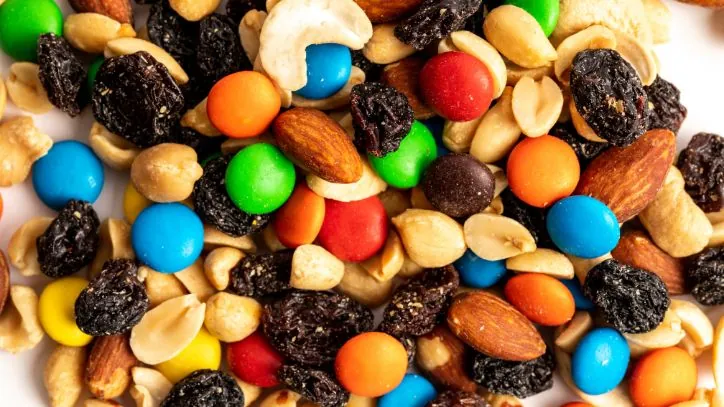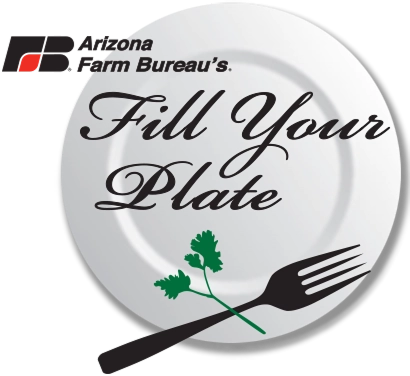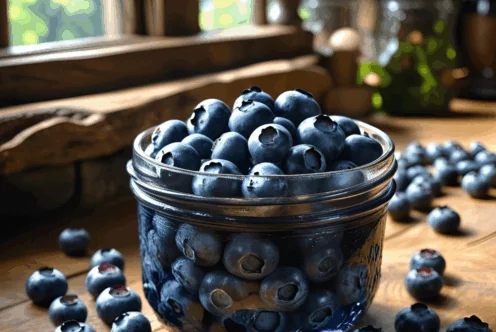Blog
Watch Out for Health Foods That Aren’t Healthy

We’ve all heard the phrase “Never judge a book by its cover.” This adage holds true beyond literature; it also applies to food selections. In an age where health consciousness is on the rise, many products are marketed as healthy. However, their packaging and marketing can be deceiving. In many cases, a seemingly wholesome label conceals unhealthy ingredients. According to registered dietitian Courtney Smith, the true nutritional value of many so-called health foods is often obscured by strategic marketing. Therefore, it’s crucial to delve deeper than the surface to understand what is actually in our food.
The Importance of Nutrition Labels
To make informed dietary choices, it’s important to examine not just the front of the package but also the nutrition and ingredient labels. These details reveal crucial information about added sugars, unhealthy fats, and artificial ingredients that can mislead consumers. For instance, products may boast phrases like “low-fat” or “sugar-free,” yet they often compensate for lost flavor and texture in unhealthy ways. Learning how to read and interpret these labels can empower consumers to make better dietary choices, ensuring they are truly consuming what they believe to be healthy.
Common Misleading Health Foods
While many foods are aiming for a health-conscious image, several popular items fall short of their promises. Here are some common health foods that are not as beneficial as they seem.
1. Granola
Granola has long been celebrated as a wholesome cereal alternative, often marketed as a heart-healthy choice. However, it is commonly laden with sugars, artificial sweeteners, and unhealthy fats. Many commercial granolas use a significant amount of added sugars to create clumps, which so many people enjoy. A serving of granola can contain as much sugar as candy. Additionally, it can be easy to overconsume, leading to extra calories that can derail intentions for a healthy diet. To be healthier, consider making homemade granola, using whole ingredients and keeping added sugars to a minimum.
2. Granola Bars
Granola bars are often positioned as a convenient snack option for health-conscious consumers. Yet, many varieties in grocery stores contain more sugar, syrups, and preservatives than nutritious ingredients. Ingredients like chocolate chips and caramel are often included to enhance flavor, making them more akin to candy bars than health foods. When selecting granola bars, it’s essential to scrutinize the ingredient list for whole grains, natural sweeteners, and minimal additives.
For an example of a healthier granola bar recipe, check out EatingWell.
3. Trail Mix

The intent behind trail mix is commendable—it’s designed to provide a quick and nutritious energy boost during hiking and other physical activities. However, many commercially available trail mixes are filled with sweetened nuts, dried fruits, and candy pieces that significantly increase calorie and sugar content. A handful of trail mix can easily pack more calories than a packaged snack, making it a less healthy choice if you’re not careful about portion sizes and the specific ingredients included.
4. Reduced-Fat Peanut Butter
Peanut butter is a beloved and nutritious source of protein and healthy fats. However, many people opt for reduced-fat versions without realizing that these alternatives often replace healthy fats with sugars and other fillers. The heart-healthy fats found in traditional peanut butter can actually aid in weight management and nutrient absorption. By choosing natural peanut butter made with just peanuts (and possibly a bit of salt), you can enjoy the full benefits of this nutritious spread without unnecessary additives.
For more information on the health benefits of peanut butter, visit Healthline.
5. Vitamin Boosting or Fat Burning Energy Drinks
Energy drinks are often marketed as miracle beverages that can enhance performance and aid weight loss. However, the advertised benefits are typically overstated. Fat-burning claims are largely unfounded; there’s no magic ingredient that causes the body to lose weight without a healthy diet and exercise. Additionally, many of these drinks are high in caffeine, sugar, and other artificial ingredients that can cause more harm than good. When seeking ways to boost energy levels, consider natural alternatives like hydration, balanced meals, or herbal teas instead.
You can read about the truth behind energy drinks at Harvard Health Publishing.
6. Vegetable Chips
Vegetable chips have gained popularity as a healthier alternative to traditional potato chips. However, many commercial vegetable chips are often fried or processed, stripping away their nutritional benefits. Additionally, they may be seasoned with high levels of salt and artificial flavorings, which can increase calorie content significantly. While these snacks may provide some vitamins, their processing can lead to a loss of fiber and essential nutrients. For a healthier option, consider making your own vegetable chips at home using an air fryer or oven, and flavoring them with natural herbs and spices instead of excess salt.
For recipes on homemade vegetable chips, check out the Minimalist Baker.
7. Flavored Yogurt
Flavored yogurts often entice consumers with their sweet taste and appealing packaging. However, many contain high amounts of added sugars and artificial sweeteners that can negate the health benefits associated with plain yogurt. Even yogurts labeled as “low-fat” can still be packed with sugar, making them less healthy than their plain counterparts. When choosing yogurt, it’s better to opt for plain, unsweetened varieties and add fresh fruit or a drizzle of honey for natural sweetness.
For tips on making your own flavored yogurt at home, visit the Homesteading Family.
8. Dried Fruit
Dried fruit is often perceived as a wholesome snack option, packed with vitamins and minerals. However, many commercially available dried fruits can be misleading. During the drying process, the natural sugars in the fruit become concentrated, which means a small serving can pack a significant amount of sugar and calories. Additionally, some brands add extra sugars, preservatives, and flavorings to enhance taste and shelf life, further diminishing the health benefits.
For a healthier alternative, consider opting for unsweetened dried fruits, or better yet, enjoy fresh fruits to take full advantage of their fiber content and hydration. If you’re looking to incorporate dried fruit into your diet without the added sugars, you might also think about drying your own fruits at home.
Check out this tutorial for tips on making homemade dried fruit.
Understanding Nutrition Labels
Understanding how to read nutrition labels is essential for identifying misleading health foods. Here are some key components to consider when analyzing a nutrition label:
Serving Size
Serving size is a pivotal factor that can mislead consumers. Often, packages will list a small serving size that may not reflect how much an average person actually consumes. Be mindful of the serving size to accurately assess calorie and nutrient content.
Total Sugars vs. Added Sugars
Total sugars include both natural sugars (like those in fruit) and added sugars (like those in processed foods). Reading the breakdown can help you decide if a product is genuinely healthy. Aim to minimize added sugars, as they are linked with numerous health issues.
Saturated and Trans Fats
Trans fats are unhealthy fats found in many processed foods and should be avoided altogether. Pay attention to the amount of saturated fats as well. Opt for foods with healthy sources of fats, such as avocados, nuts, and olive oil.
Fiber Content
A higher fiber content is usually a good indicator of a healthier food choice. Fiber aids digestion, helps maintain a healthy weight, and reduces the risk of chronic diseases.
Ingredients List
The ingredients list can tell you much about a product’s healthfulness. Ideally, choose foods where the first few ingredients are whole, recognizable foods. Ingredients listed near the end often constitute less of the product.
Conclusion
Navigating the world of health foods can be challenging, especially when marketing obscures what is truly healthy. As consumers, it’s our responsibility to educate ourselves about what goes into the products we eat. By becoming savvy label readers and questioning the narratives built around certain foods, we can make more informed choices.
When faced with dietary decisions, consider whole foods such as fruits, vegetables, whole grains, and lean proteins. These options not only provide essential nutrients but also support overall health and well-being. Remember, never judge a food by its packaging alone; always dig deeper to uncover the truth about what you’re putting into your body.
For more guidance on deciphering nutrition labels and making healthier choices, take a look at the resource-rich site ChooseMyPlate.gov, which offers a plethora of information on balanced eating and meal planning.
By keeping these insights in mind, you can prioritize your health and wellbeing, ensuring that the foods you consume truly live up to their claims. Be vigilant, be informed, and you will find the path to a healthier lifestyle clearer and much more achievable.
By Heide Kennedy, Arizona Farm Bureau Communications Intern


















